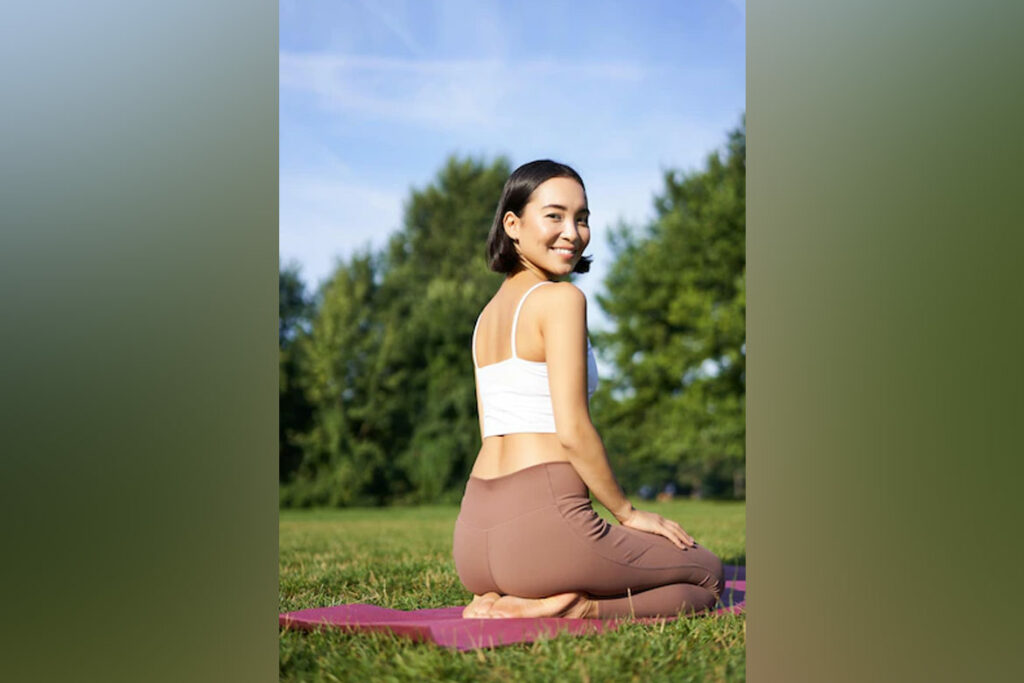The first thing one notices about a person of Japanese origin is how graceful and courteous they are. Along with their natural grace, the average Japanese person is expected to practise impeccable etiquette.
Seiza is a traditional Japanese floor sitting style that involves sitting with both legs at about a 180-degree angle and both femurs on both lower legs. Seiza is derived from two Japanese words: “sei” (correct) and “za” (to sit). Seiza is a traditional Japanese sitting style that dates back to the samurai period. It’s also known as seiza-dachi, which translates literally as “correct sitting.” Seiza can help you clear your mind for meditation and focus during other activities as well as correct your posture and maintain good health.
The history of the Seiza Pose in Japan:
According to ancient Japanese standards, seiza is the formal way of sitting down. Seiza translates to “sitting with proper posture” in Japanese. That includes neatly folded legs and an upright spine. The feet must be neatly tucked underneath the body. People in ancient Japan were not permitted to attend formal gatherings (such as tea ceremonies and traditional Japanese performances) unless they practised Seiza. The Seiza has come to represent two important Japanese cultural values: courtesy and apology. The Japanese consider Seiza to be an essential tool for channelling those specific values.
While the practice’s exact history is unknown, many believe it was first used by Samurai warriors between the 12th and 16th centuries as a way to find stillness before battle. They learned to use their mind and body in tandem for maximum efficiency during their training. They were taught to be aware of everything they did, from how they sat on a horse to how they prepared their armour for battle. This method teaches you to be present in every moment of your life by always being aware of your bodies and minds. Seiza is commonly used in meditation and formal ceremonies, but it can be used anywhere you want to sit properly.
Benefits of Seiza:
Seiza’s overall health benefits include-
- It stretches the knee and ankle joints by folding the knee and using the ankle’s flexibility.
- Sitting in Seiza allows your core muscles to properly stretch out.
- Individuals who struggle with bad posture may choose to sit in Seiza immediately after seeing how scientific it is.
- Relieves backache, relaxes muscles and spine. Because sitting in Seiza engages the abdominal and back muscles, this set of muscles is trained.
- Sitting upright improves blood circulation throughout the body.
A boon for strength of spine:

Read more: 6 reasons why every women should do Kegel exercises
Seiza is an excellent way to strengthen the spine, especially if done on a regular basis. Your core muscles will become stronger as you practise seiza. The idea behind seiza is that by putting all of your weight on your heels and sitting cross-legged, you can keep your spine in a straight line. This can be a great way to keep your spine in alignment and prevent back pain if you have good flexibility and balance. However, if you’re not used to seiza or don’t have the flexibility to sit on your heels, seiza can be dangerous.
How should you sit in a Seiza?
- Get a Zabuton, which is a cushion designed specifically for Seiza. The Kyoto zabutons have a three-pronged stitch that indicates which side is correct. This stitch is known as’sampo-toji’ in Japanese.
- Do not move the zabuton if you have arrived at someone’s home. That is considered impolite.
- At a 45-degree angle, approach the zabuton. Kneel but do not sit down just yet.
- Reposition your knees to the front of the zabuton and straighten your posture.
- The ankles are turned outward as the tops of the feet are lowered, forming a slight “V” shape with the tops of the feet flat on the floor and the big toes overlapping, with the right always on top of the left.
- Now place your bottom on your heels. Hands are folded modestly in the lap or palm down on the upper thighs, fingers close together.
- The back is kept straight, but not overly stiff.
- Women traditionally sit with their knees together, while men slightly separate them.
How do you sit in seiza without hurting yourself?
The key to sitting in seiza without pain is to go slowly and double-check that you’re doing the pose correctly. Your thighs should be parallel to the floor when sitting in seiza. Make sure your knees are 90 degrees apart and your legs are square. If you have trouble getting your legs into this position, sit on a pillow or cushion until you get used to the sensation. When you can sit comfortably in that position for about 20 minutes, work on improving your posture by keeping your back straight and leaning forward slightly from the hips (instead of slumping). If you’re still experiencing pain in this position after several weeks of practise, it’s time to see a doctor who can help diagnose what’s causing the pain and make treatment recommendations!
